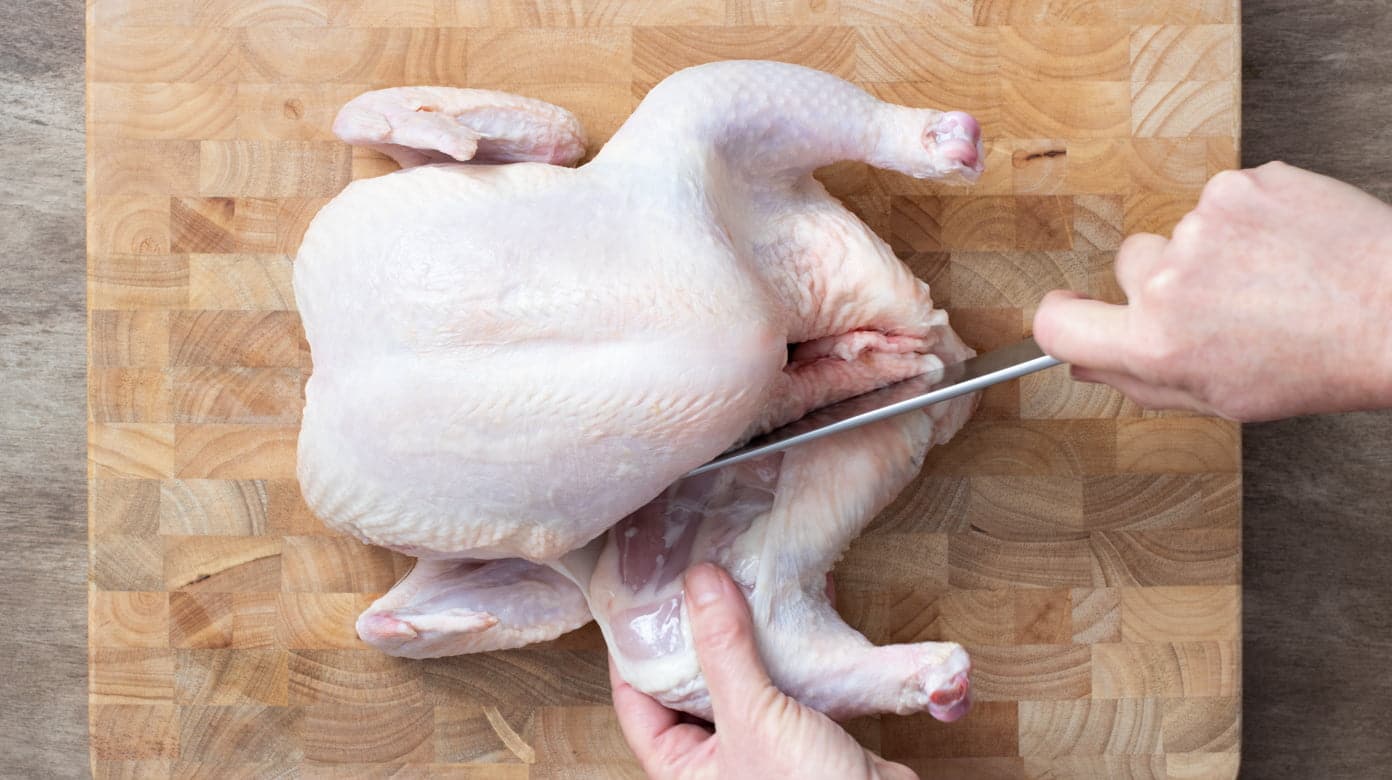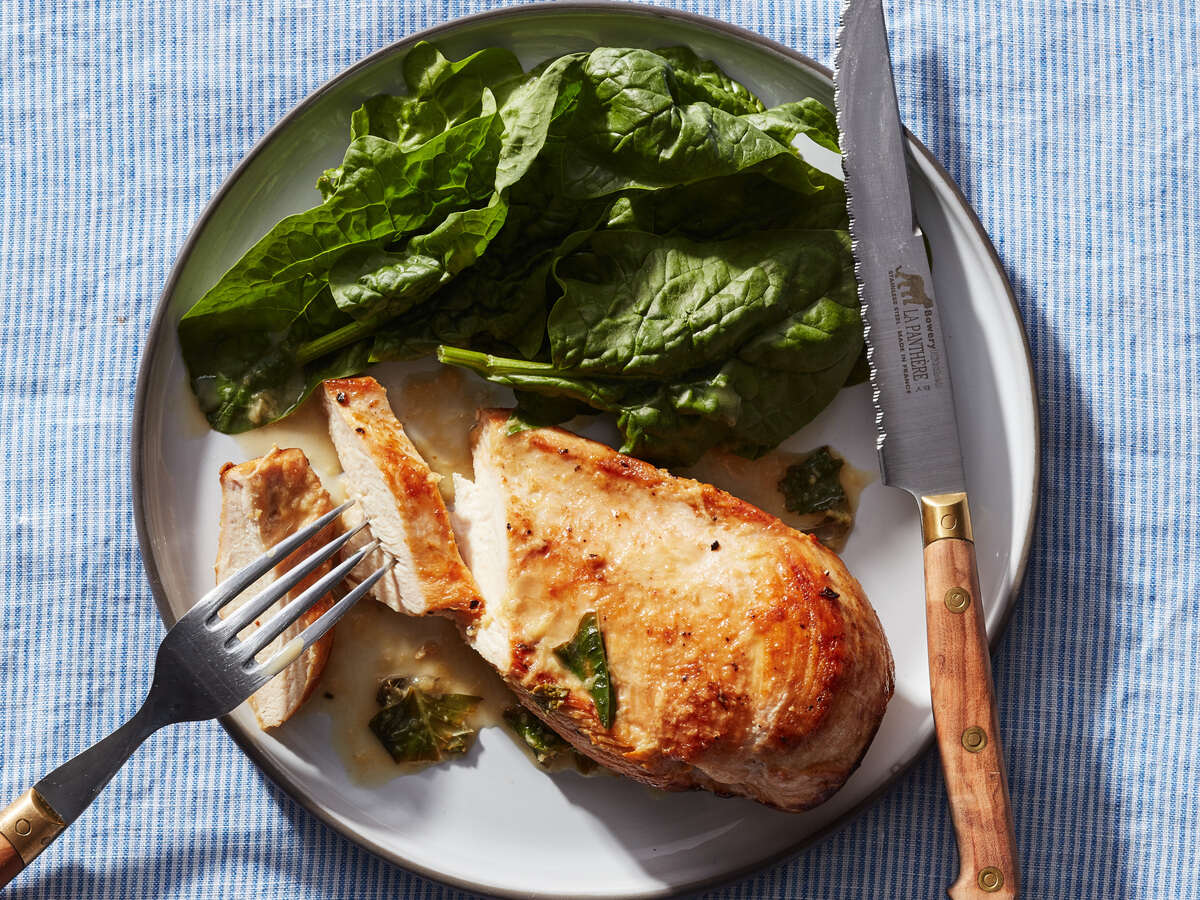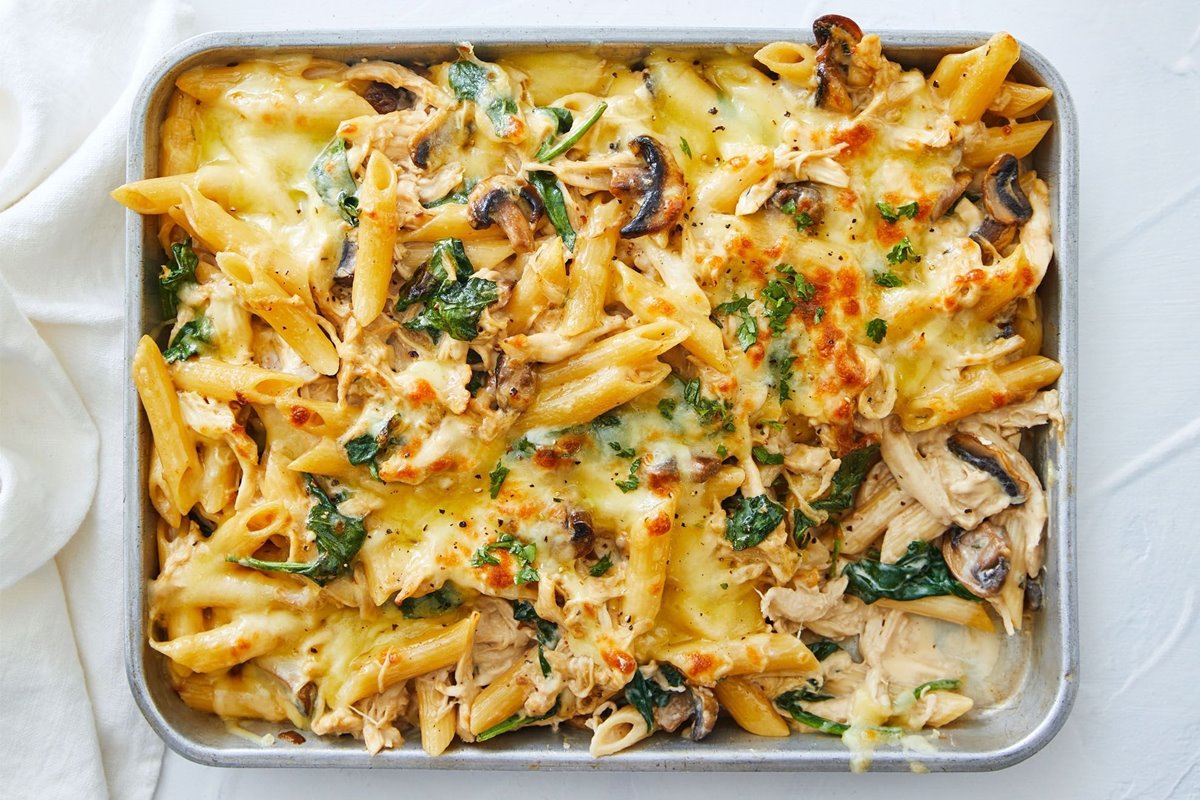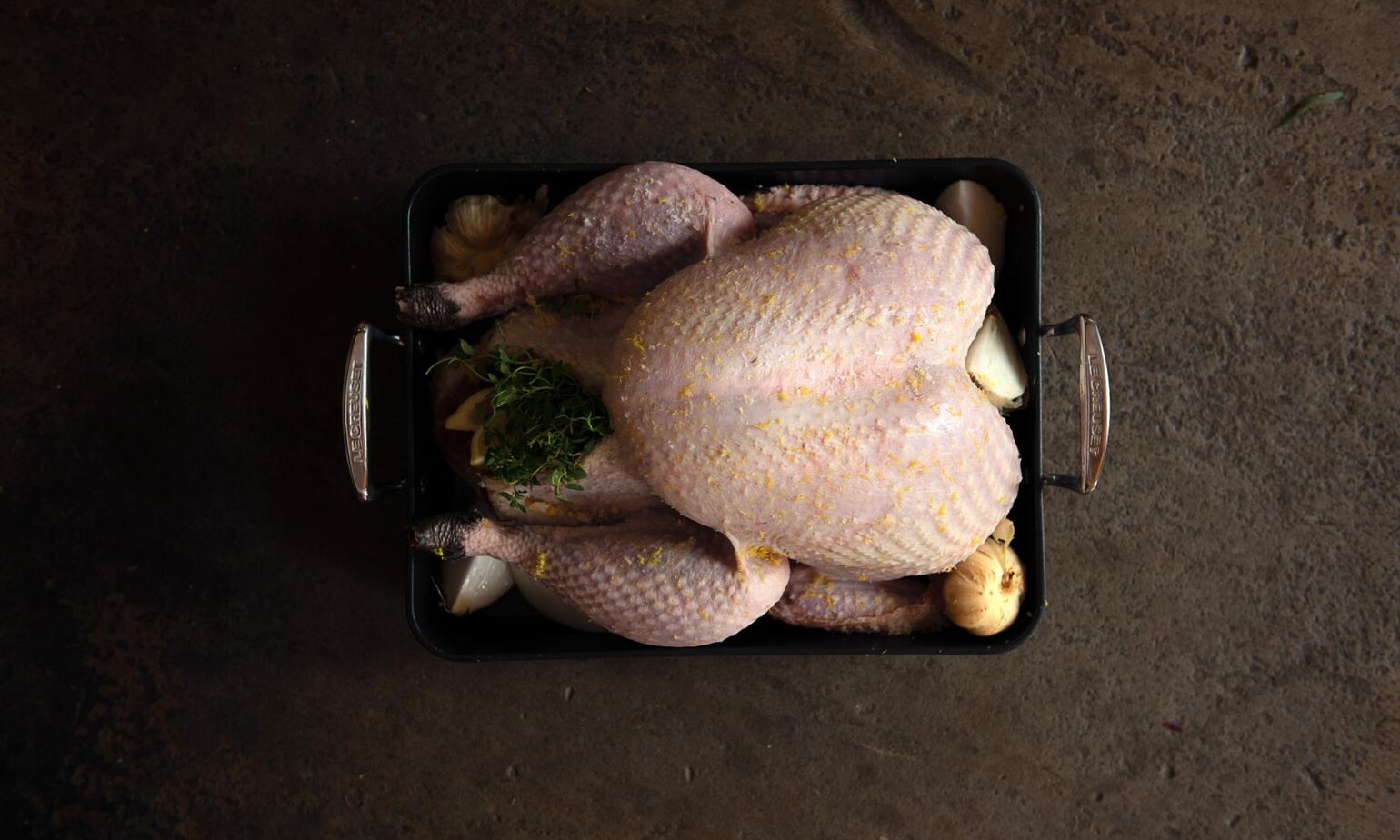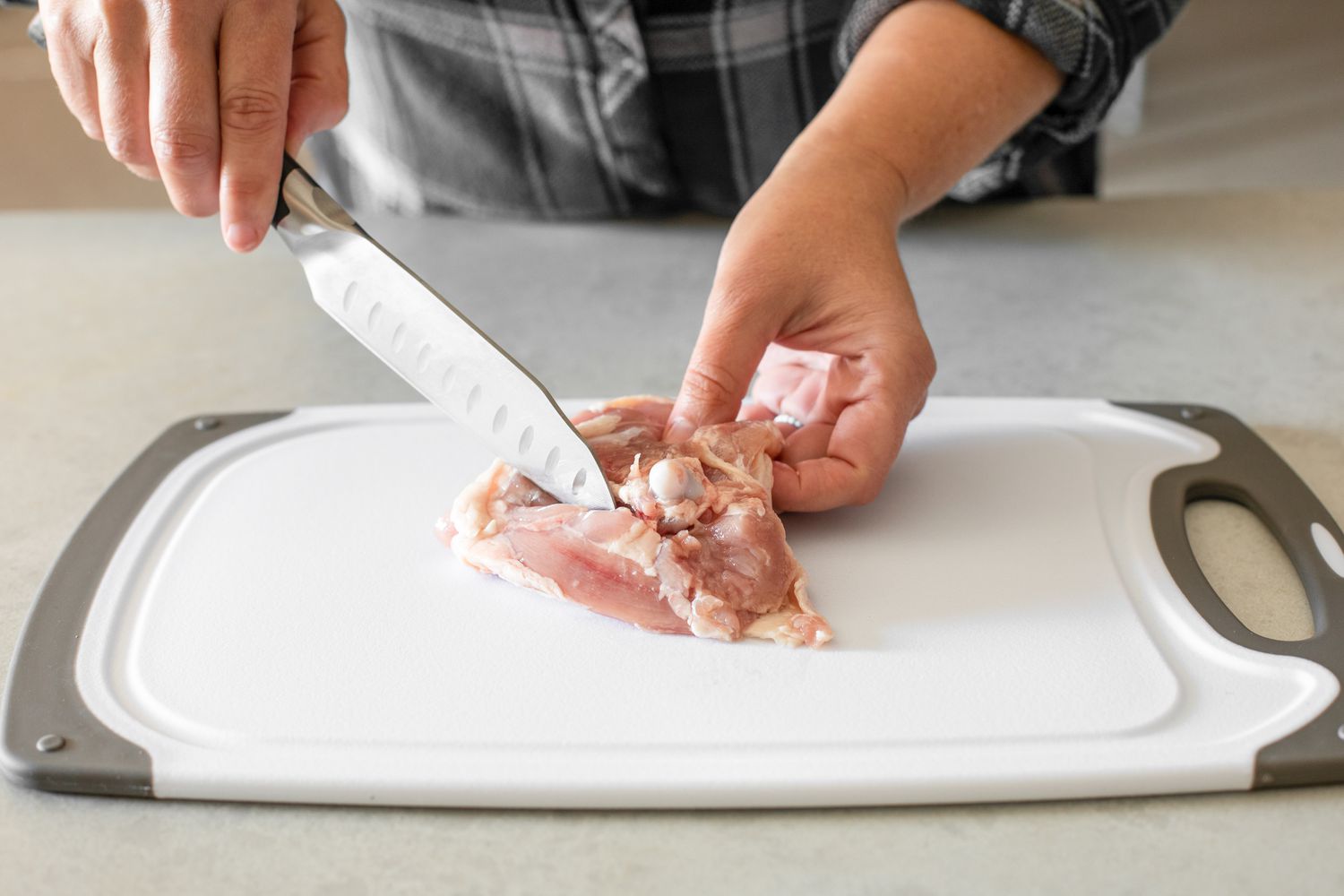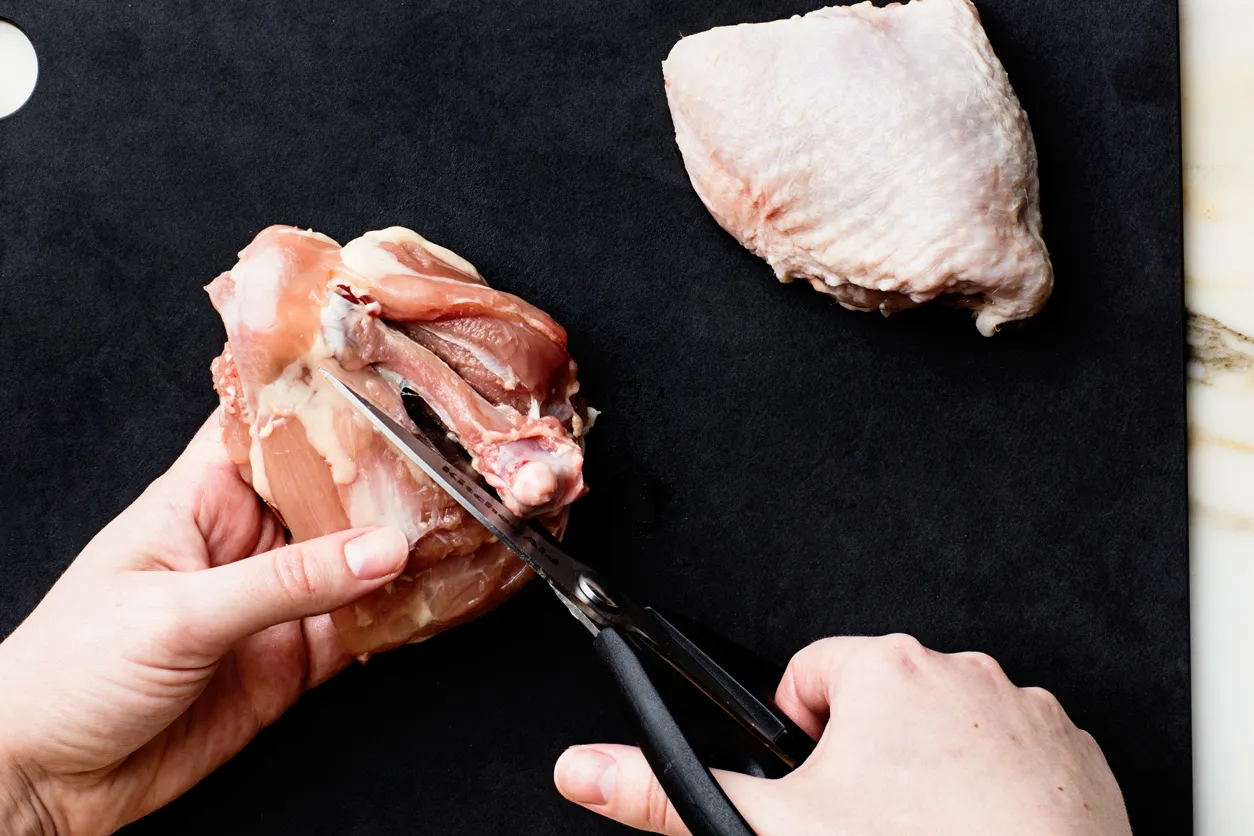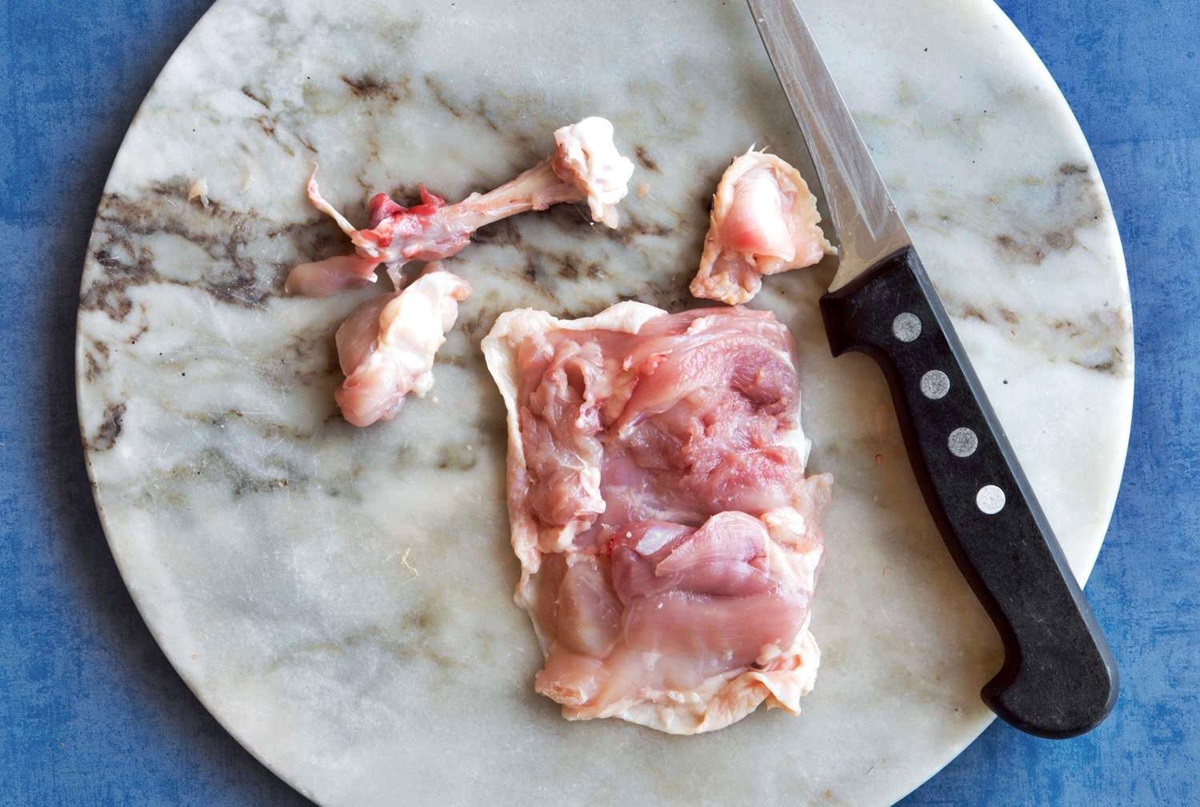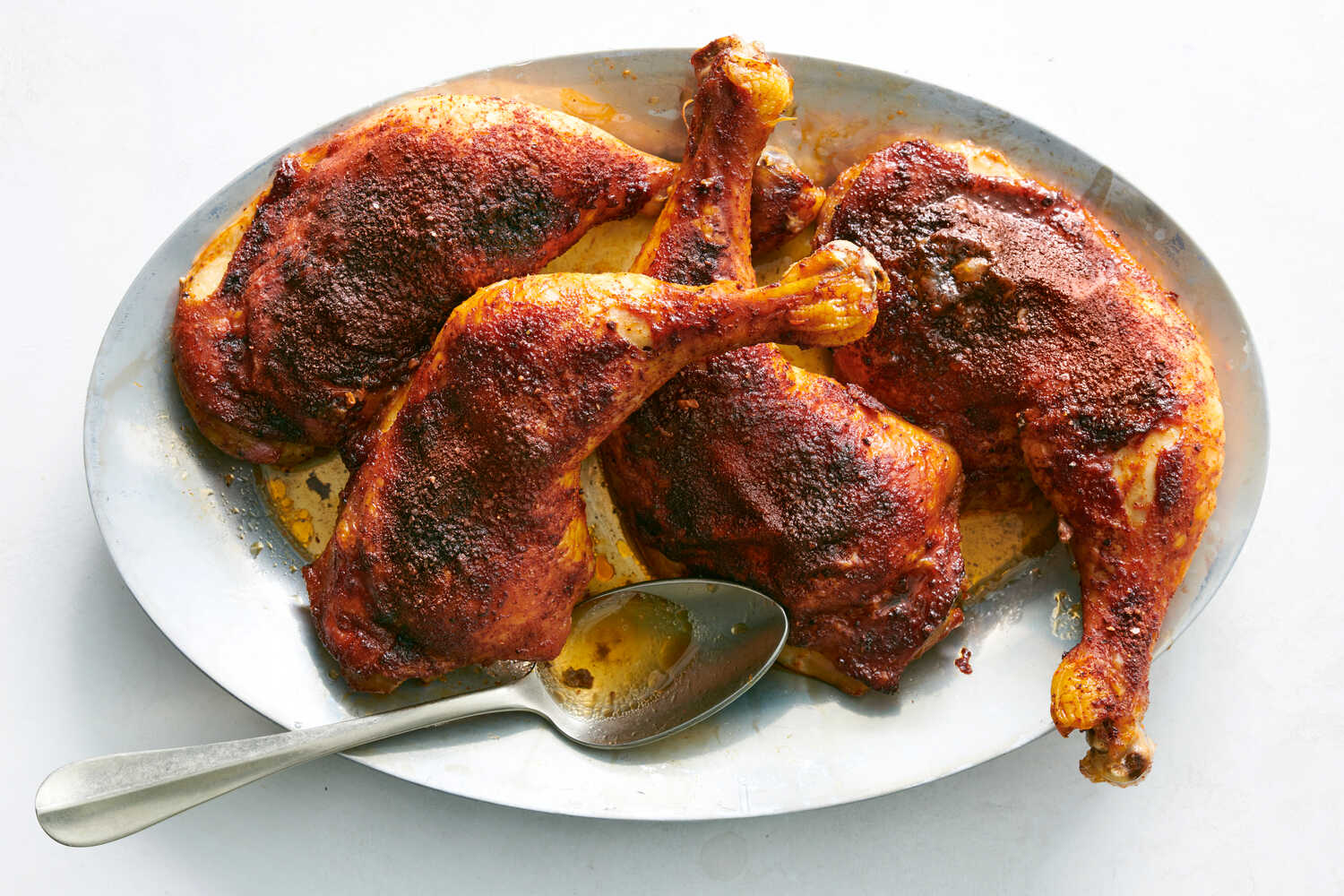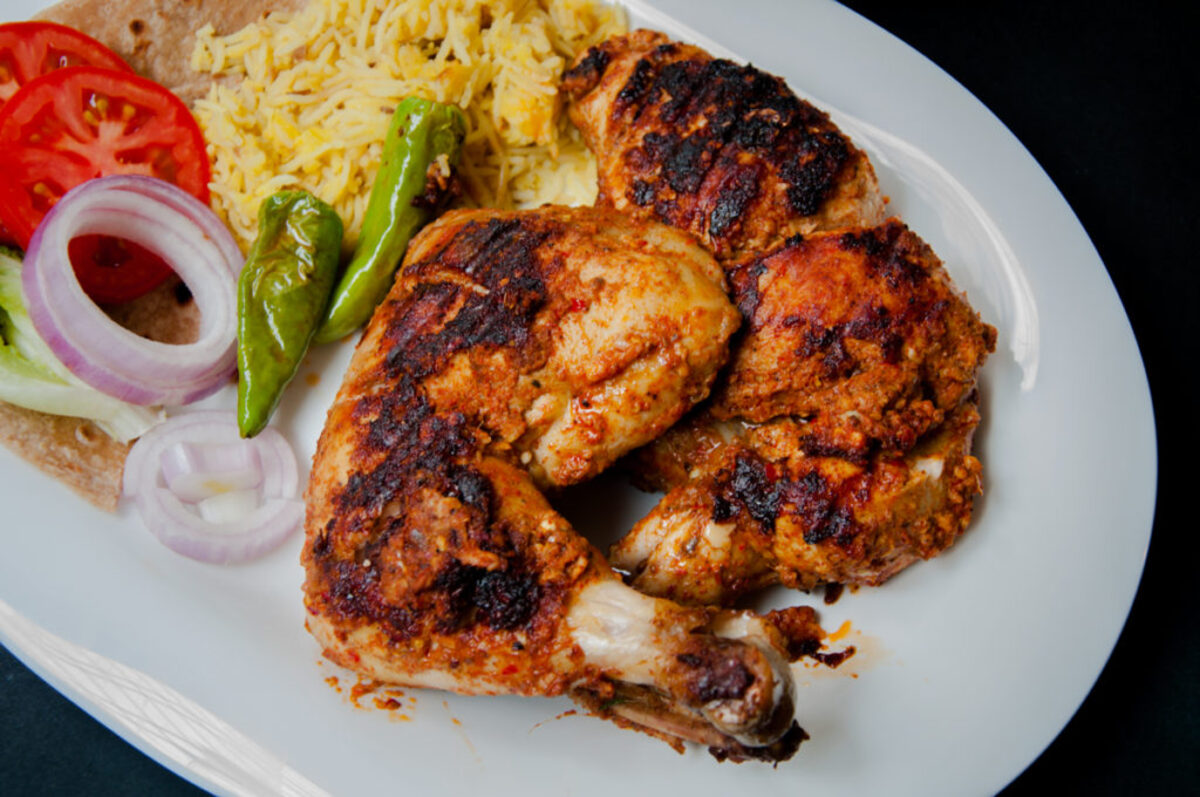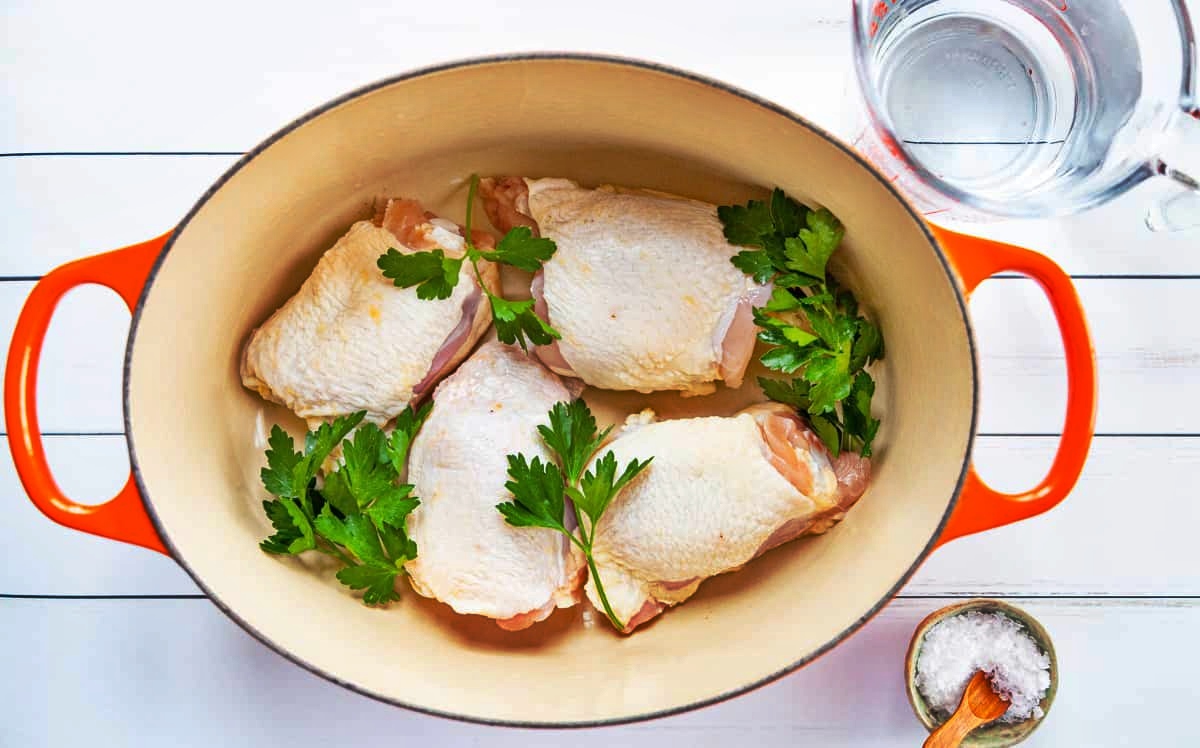Mastering the Art of Chicken Thigh Filleting
Chicken thighs are a versatile and flavorful cut of meat that can be used in a variety of dishes, from stir-fries to casseroles. Learning how to properly fillet a chicken thigh can save you money and provide you with the perfect portion for your favorite recipes. Here’s a step-by-step guide to help you master the art of chicken thigh filleting.
What You’ll Need
Before you begin, gather the following supplies:
- Sharp chef’s knife
- Cutting board
- Plate or container for the filleted chicken
Step 1: Prepare the Chicken Thigh
Place the chicken thigh on the cutting board with the skin side down. Use a paper towel to pat the thigh dry, which will make it easier to handle and reduce the risk of slipping while cutting.
Step 2: Remove the Skin (optional)
If you prefer to fillet the chicken thigh without the skin, use your fingers to gently separate the skin from the meat. Once you have a good grip on the skin, carefully slice it away from the meat with your knife. Set the skin aside or discard it, depending on your preference.
Step 3: Locate the Bone
Turn the chicken thigh over so the bone side is facing up. You should be able to feel the bone running through the center of the thigh. This will be your guide for making the fillet cuts.
Step 4: Make the Cuts
Using your sharp chef’s knife, carefully slice along one side of the bone to separate the meat from the bone. Use slow, deliberate motions to ensure a clean cut. Once the first side is filleted, repeat the process on the other side of the bone to create two separate fillets.
Step 5: Trim Excess Fat (optional)
If desired, you can trim any excess fat from the filleted chicken thigh using your knife or a pair of kitchen shears. This step is optional but can result in a leaner final product.
Step 6: Store or Use Immediately
Once you have successfully filleted the chicken thigh, you can store the fillets in a sealed container in the refrigerator for future use, or incorporate them into your favorite recipe right away.
Conclusion
Filleting a chicken thigh is a simple yet valuable skill for any home cook. With the right tools and technique, you can easily create perfectly portioned chicken fillets for a wide range of culinary creations. Practice makes perfect, so don’t be discouraged if your first attempt isn’t flawless. Keep honing your skills, and soon you’ll be filleting chicken thighs like a pro!
